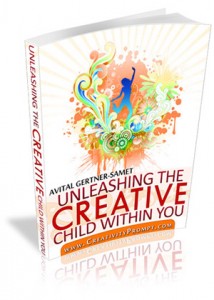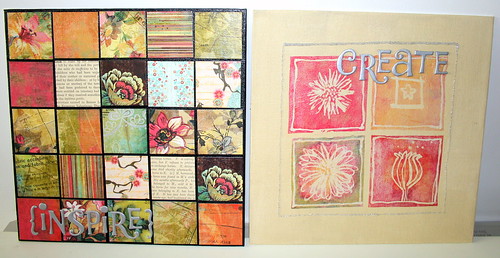
Découpage is a fantastic technique of paper piecing that helps us to create impressive art creations quickly and easily, while actual painting & drawing are unnecessary. This is also a fabulous way to use all your small paper scraps. [or holiday cards’ cut-outs…]
I have been using this technique for quite a while but only recently Meital, a childhood friend of my husband, suggested that I should make a tutorial on this technique, so here you go:
Supply –
- Illustrated napkin/Paper scraps/Tissue paper etc.
- Canvas.
- Acrylic paint. [Use a light color if you are working with a napkin or any other tissue paper.]
- Mod-Podge glue. [or better yet – a gel medium.]
- Foam brush.
- Optional – Alpha stickers + Glitter glue.
Step by Step Instructions –
Napkins Découpage –
- Go through your stash [if you’re like me and you’ve got a stash…] and choose a napkin with an interesting illustration. I chose a napkin with some flower illustrations. Each napkin usually has 4 prints.
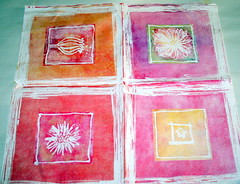
- Next, you need to paint your canvas. Pick a color that goes well with the illustration on your napkin. Using a foam brush, apply an even coat of the acrylic paint to the canvas. [When working with napkins and other light-weight papers it is better to use a very light color, otherwise the illustration will get “absorbed” and lost in the background.]
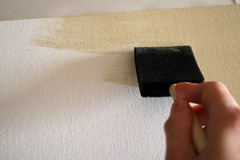
- While the canvas is getting dried, cut the illustration from the napkin and separate its layers so you end up with the very top layer. You can discard the rest of the layers [it’s recyclable!]
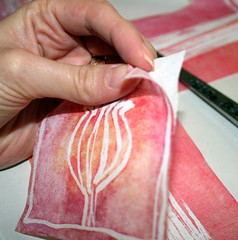
- After the canvas is completely dry arrange your cut-outs on it in a way that pleases your eye. [After applying the glue or the gel medium figuring out the placement of your cut-outs will get trickier.]
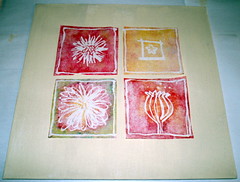
- Then, when you are pleased with the composition, apply the Mod-Podge glue generously with the foam brush both below and above the cut-out, as the glue works as a sealer as well as an adhesive.
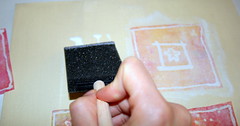
- Repeat the gluing and sealing process with all your cut-outs and make sure you apply an even coat of glue and going with the brush at the same direction all over. When you are finished and the glue has completely dried you can embellish your canvas with alpha stickers and glitter glue or anything else you can think of.

Paper Scraps Découpage –
The process is basically the same, only you can use any color for the background. Therefore I am not going to be as verbose…
- Paint your canvas.
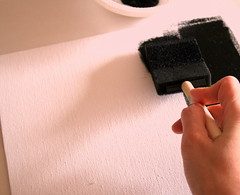
- Choose your scraps and cut to size. On a 10″ by 10″ canvas I used 25 pieces of patterned paper, cut at: 1 7/8″ by 1 7/8″.
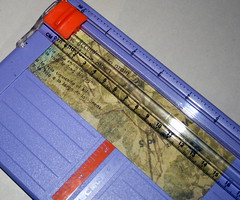
- Figure out the placement of all your paper cut-outs.
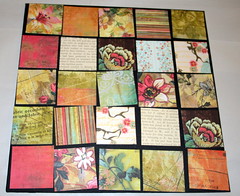
- Apply glue or gel medium below and on top of each piece of paper.
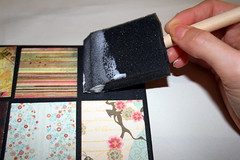
- Finish off your canvas with your favorite embellishments and enjoy your art!
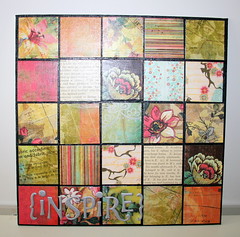
Enjoy!!!
If you have any question, suggestion or remark – don’t hesitate to contact me – either leave a comment, use the contact form or start a new thread on the Creativity Prompt Flickr Group!!!
I would also be very happy to see your artistic creations, so don’t be shy and share 🙂
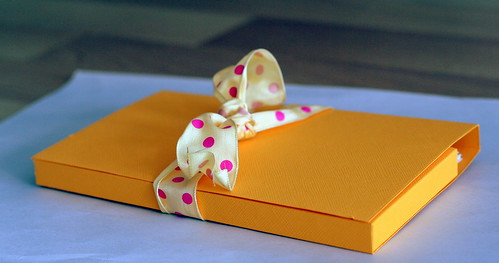

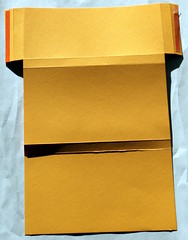
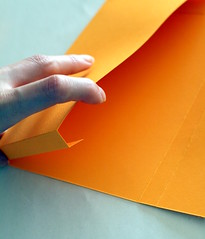
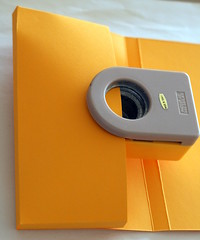
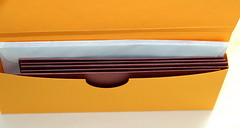



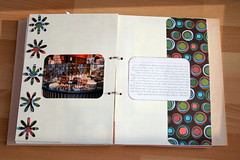
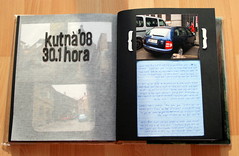
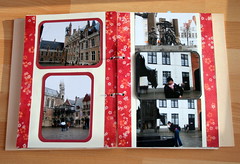
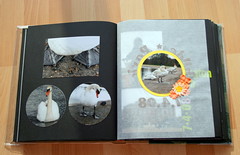

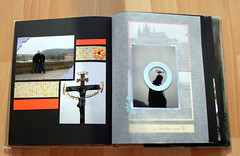
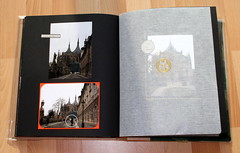

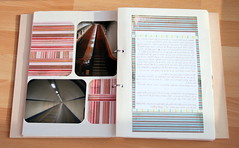
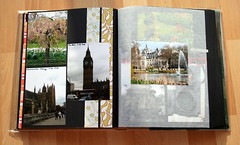
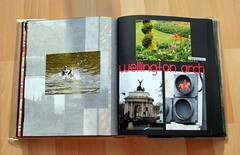
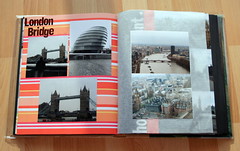

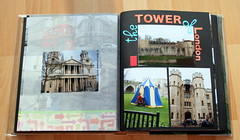
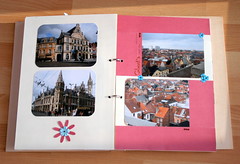
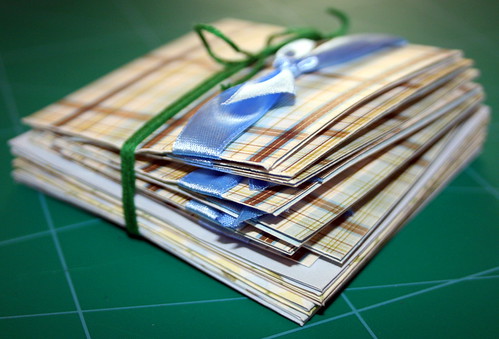
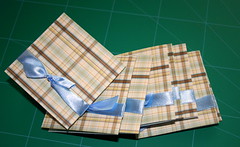
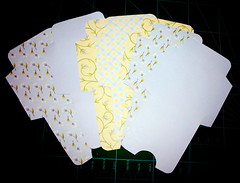

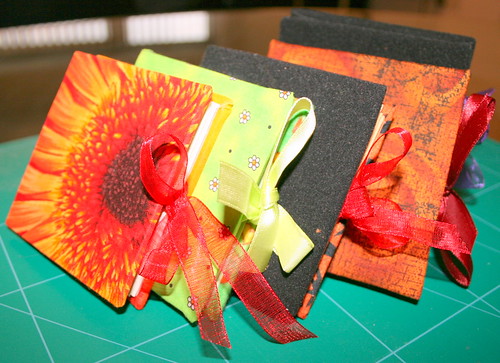
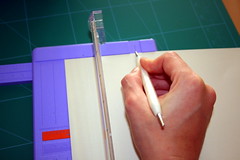
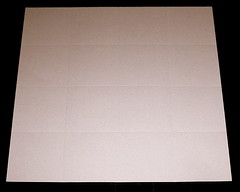
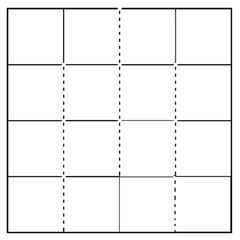
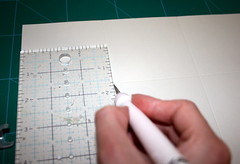
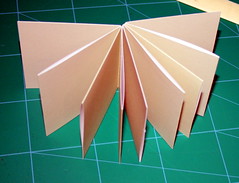
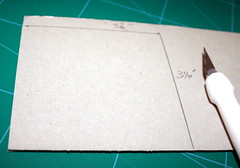
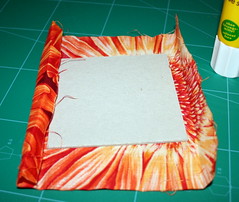
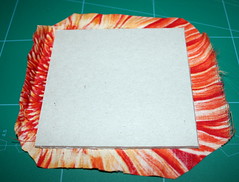
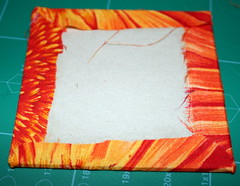
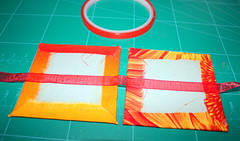
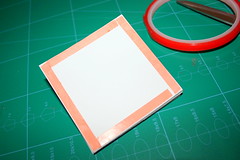
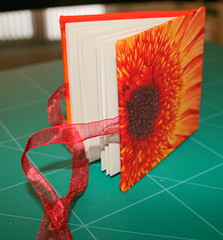
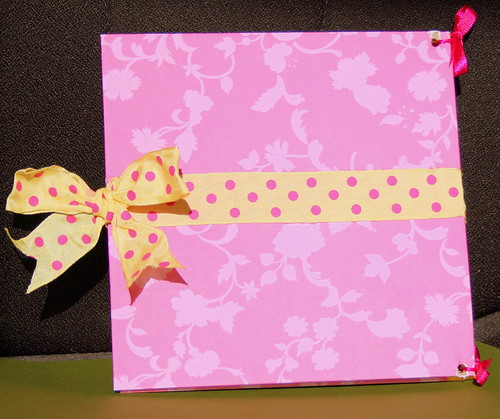
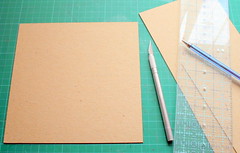

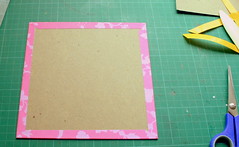
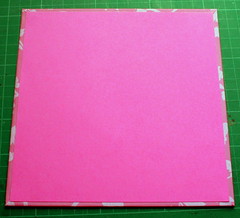
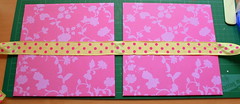
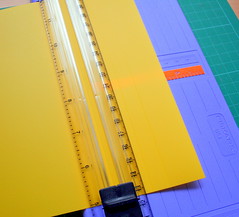

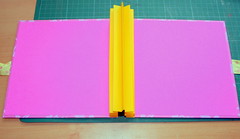
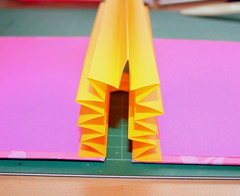
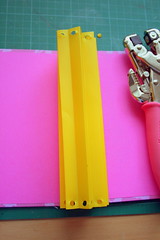
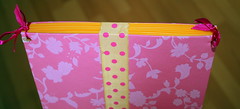
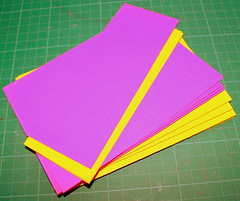
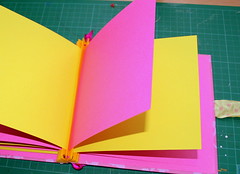

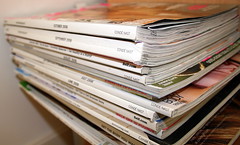 Gather a bunch of magazines, a second before they’re tossed into the recycling bin.
Gather a bunch of magazines, a second before they’re tossed into the recycling bin. 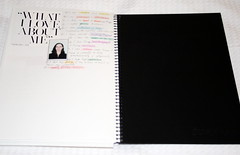
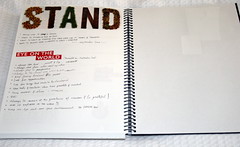
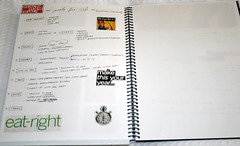
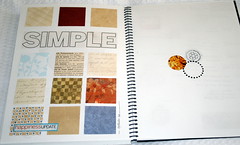


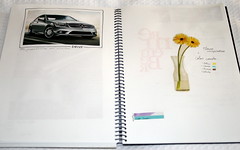
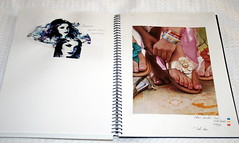
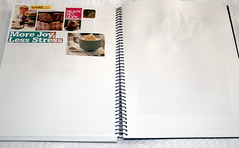
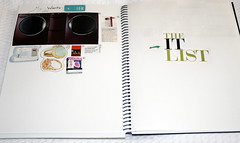


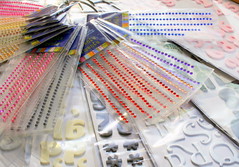
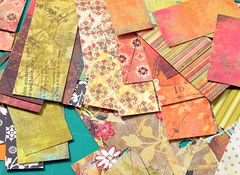
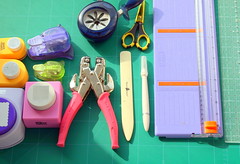

![Reblog this post [with Zemanta]](http://img.zemanta.com/reblog_b.png?x-id=ba015f8c-b31f-458d-950b-fbb8ff87fa4c)

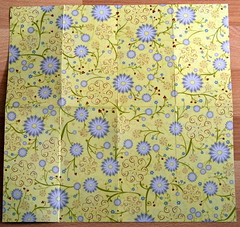
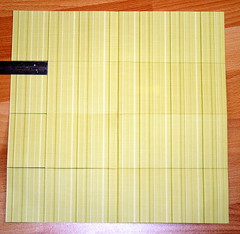
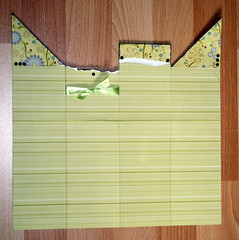

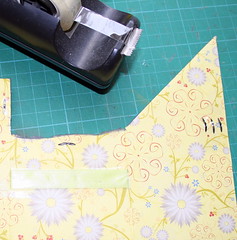
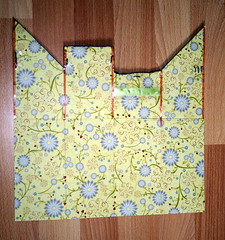

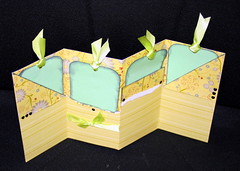
![Reblog this post [with Zemanta]](http://img.zemanta.com/reblog_b.png?x-id=7bb7c0c2-91d3-4322-a395-829a6968bda7)



